Satisfy your curiosity about one of the most fascinating marine animals in the world. Learn about dolphins, their different species, diet, and other interesting facts worth knowing about them. Discover the various efforts in place to conserve these amazing aquatic mammals.
Are dolphins fish? Although dolphins spend their entire life in water, they are not fish; they are warm-blooded mammals. They have lungs instead of gills and need to surface to breathe air. They also give birth to live young or calves instead of eggs.
A welcome note from Jessica
Jessica Schul is a Zoological Senior Specialist, with a Bachelor of Sciences in Marine Biology from Texas A&M University at Galveston (TAMUG). She has worked for SeaWorld for 7 years, with 5 years of previous animal husbandry and observation experience, including marine mammal observation as a contractor for the US Federal Government in the Gulf of Mexico, for the protection of marine species. Jessica has worked with animals both under human care and in their natural environment, and loves to be able to share her knowledge with our guests, elaborating on the care and welfare all animals receive at SeaWorld Yas Island, Abu Dhabi.
Are dolphins really curious?
Dolphins are naturally outgoing. Because of these inherent dolphin traits, some species become so curious that they will approach boats and people on the shorelines. But remember, always observe wild animals from a distance. They are also highly sociable and can develop close relationships with other dolphins of the same species and sometimes with those of other species. This behavior is evident in their tendency to live in pods, usually composed of two to 30 dolphins, and their food-gathering techniques. Dolphins are also chatty and communicate by making different sounds, including whistles, clicks, squeaks, trills, squawks, and yelps.
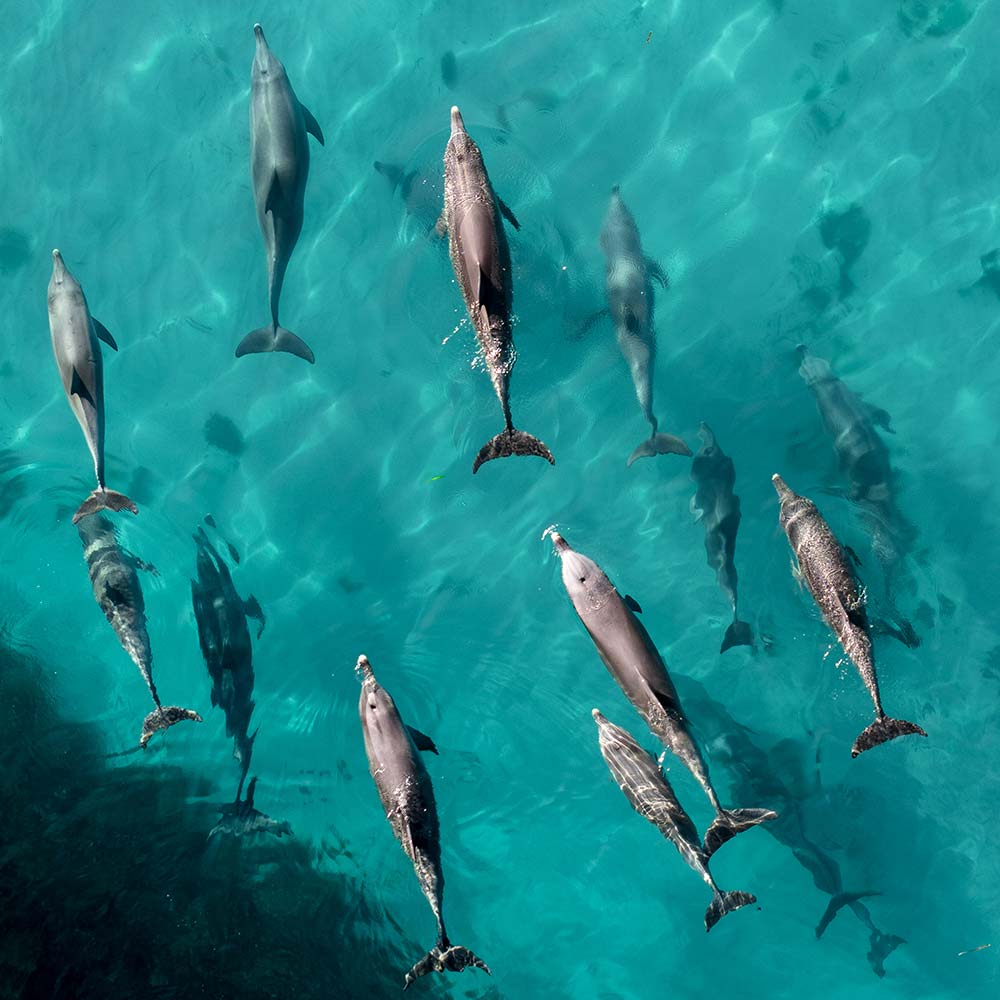
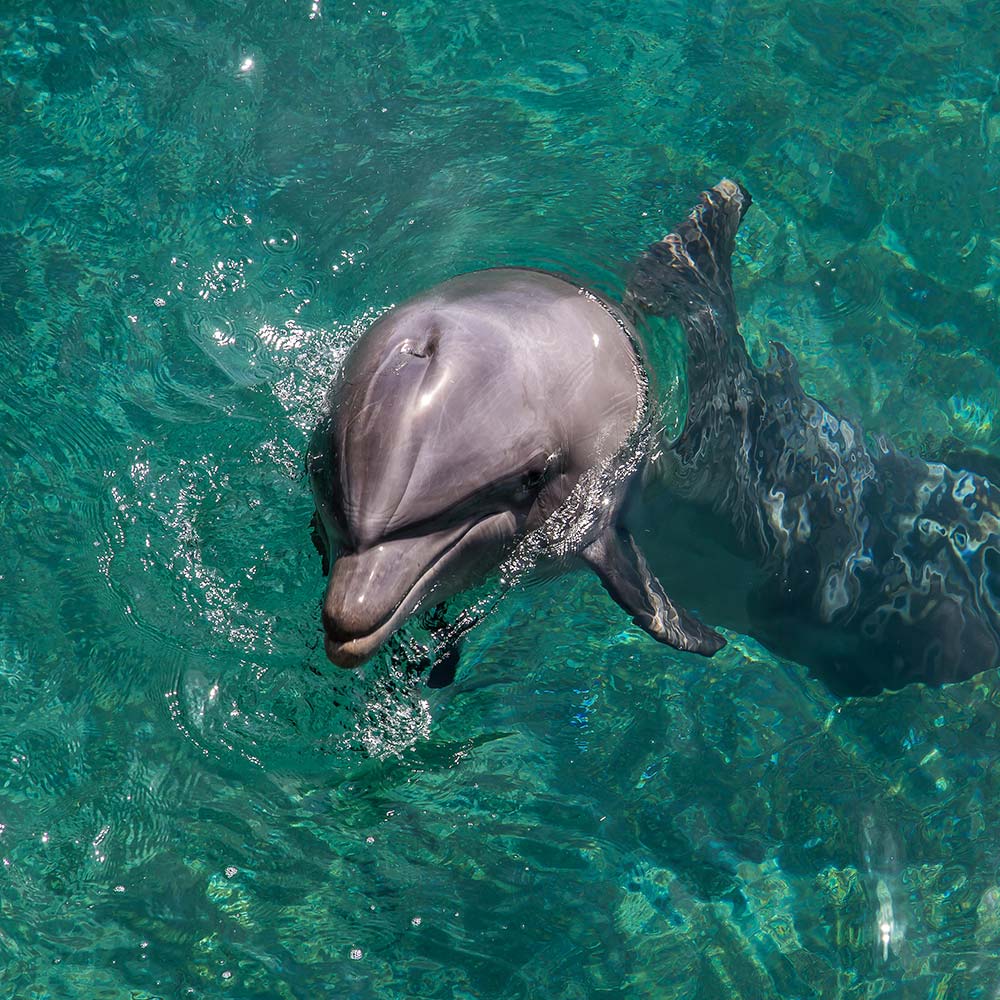
Dolphin habitats: Where do dolphins live?
Most dolphins live in the ocean within temperate and cool waters around the world. Some species are found in coastal areas while others dwell in shallow waters and the high seas. But not all dolphins live in warm water. Several species also live in colder waters, including the white-beaked dolphin in the Arctic and the hourglass dolphin in Antarctica. Some species stay in their pod in the same area their entire lifetime, while others migrate from one place to another.
Factors influencing dolphins’ choice of habitat
Dolphins choose their habitat based on the type and temperature of water and food source. For instance, bottlenose dolphins and spotted dolphins prefer warm ocean waters. Dolphins that eat fish, squid, jellyfish and other smaller marine animals tend to have a broader habitat to access these sources. The shape, size and weight of dolphins also play a role in their choice of habitat, with the smaller ones more inclined to stay near shallow waters or a larger pod to avoid predators.
Dolphins in freshwater
Did you know that some dolphins also live in rivers?
There are four river dolphins that live in freshwater rivers and lakes in Asia and South America. Examples of these species include the Amazon River dolphin and the Ganges River dolphin. Some bottlenose dolphins also visit or inhabit inlets of large rivers for food.
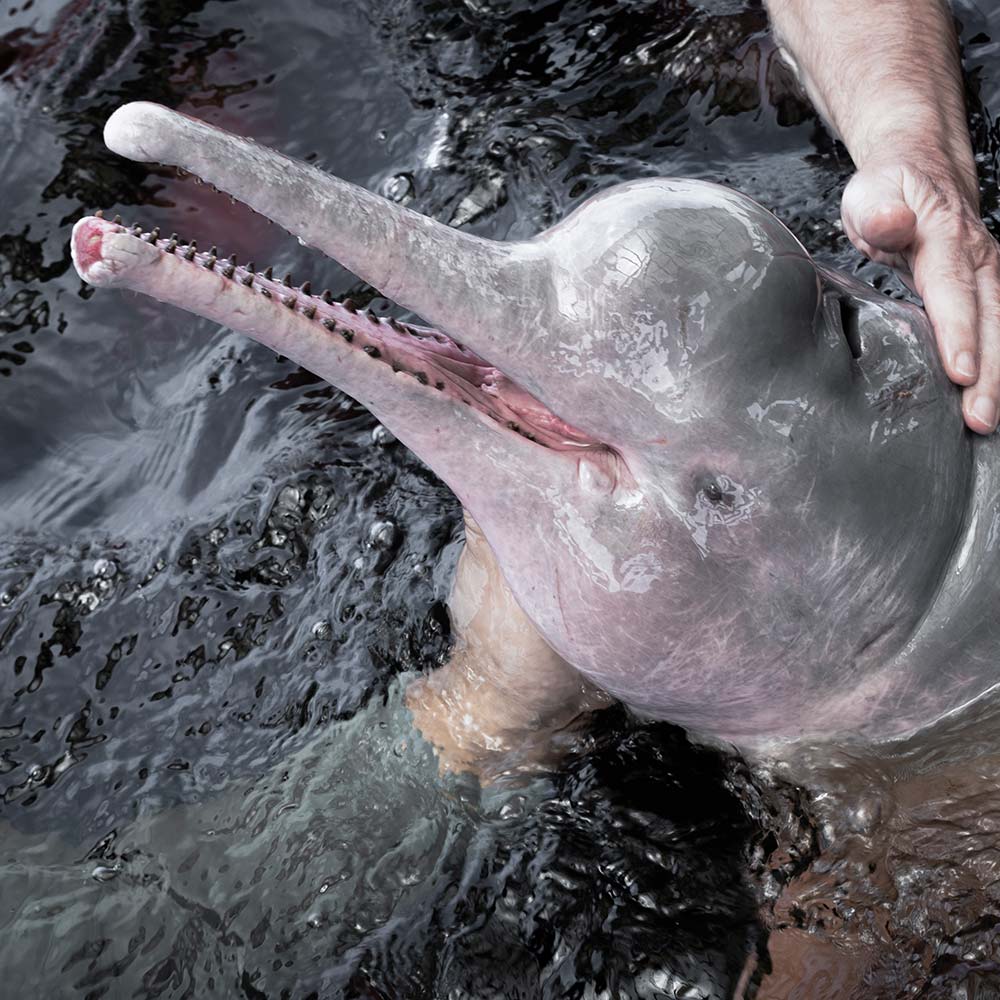

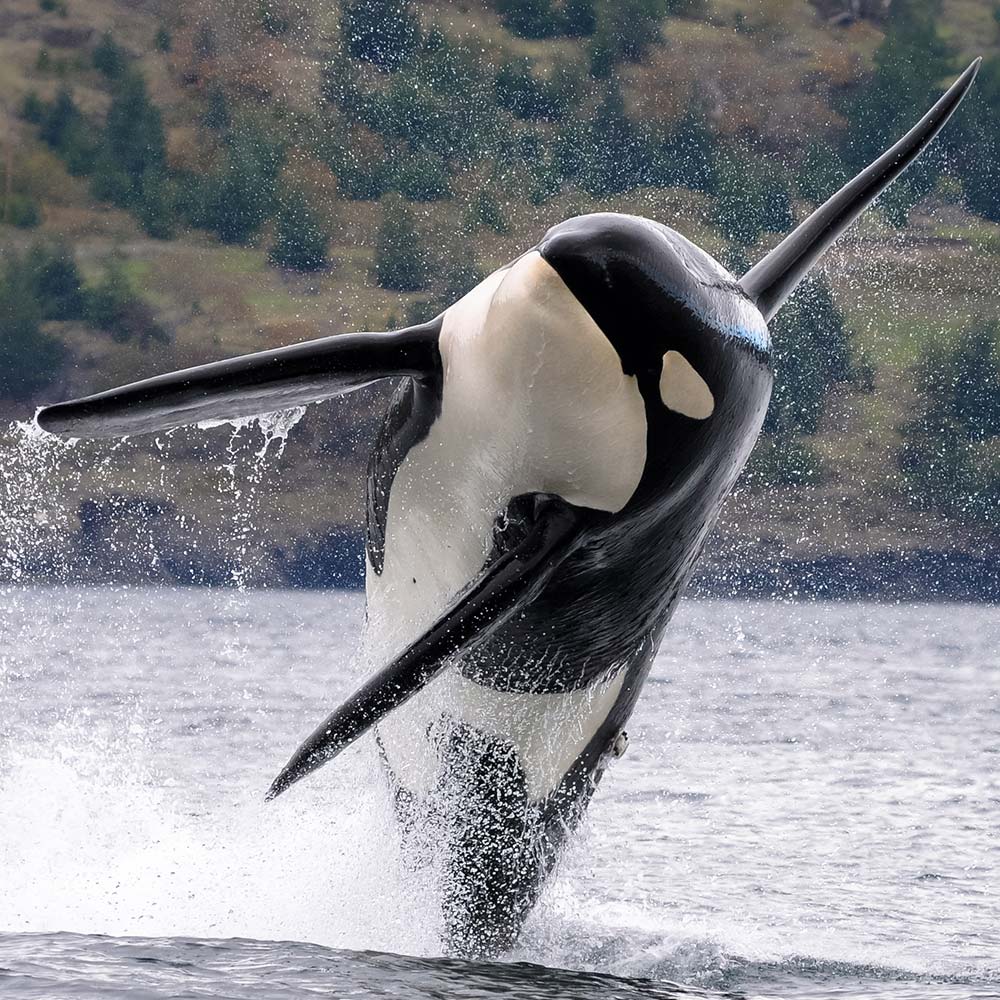
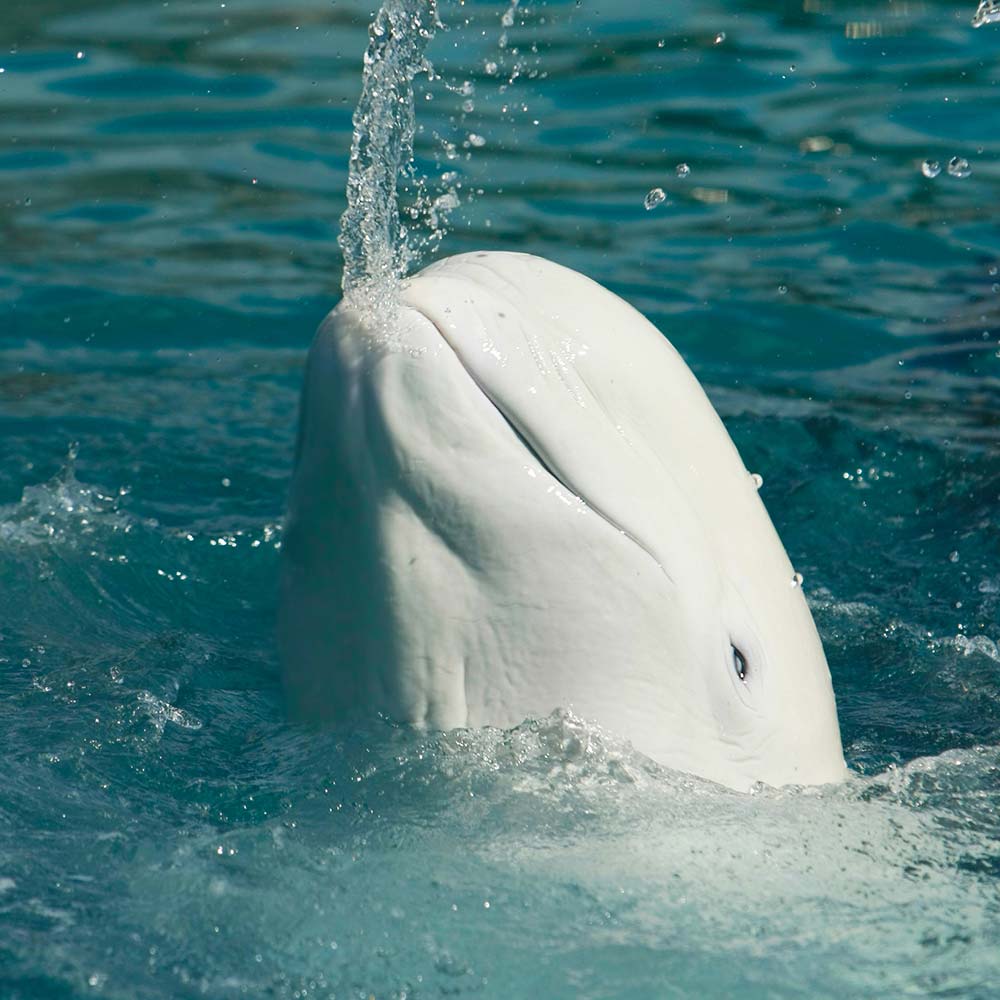
Scientific Facts About Dolphins
Below are some facts worth knowing about the scientific classification of dolphins:
- Class: Mammalia
- Order: Cetacean
- Families: Delphinidae, Platanistoidea and Inioidea
Presently, there are 43 dolphin species divided into 39 oceanic species and four river species spread across the globe.
What do dolphins eat?
Dolphins eat fish, squid, shrimp, jellyfish, octopuses and other crustaceans. Their diet depends greatly on the marine animals in and near their habitats.
As mammals, dolphins also need water, which they get from the fish, squid and other marine animals they eat.
Fun fact: Dolphins do not chew their food since swallowing it whole is easier for them.
Food gathering methods
Dolphins use echolocation to find fish, squid and other food. Echolocation is the ability of dolphins and other animals to locate food, objects and other marine animals using reflected sound. It helps them to move safely and efficiently when hunting, identify predetors, and avoid other obstacles. Once they locate food, they will herd or corral them.
Herding is a food-gathering method wherein a group or pod of dolphins surrounds a school of fish and packs them tightly, and then they take turns eating them.
Dolphins also corral fish, a technique where they chase a school of fish to shallow waters where the fish can’t escape. They then take turns feeding on the fish.
- Dolphin characteristics
- How big can dolphins get?
- What differentiates dolphins from porpoises?
- How long do dolphins live?
- Are dolphins smart?
Dolphin adaptations
Like other animals, dolphins have undergone evolutionary adaptations to survive and thrive in their environment. Below are some of the significant changes these marine mammals have gone through:
Echolocation
Dolphins have improved their echolocation trait to communicate with other dolphins, hunt, and avoid predators. They can produce up to 1,000 clicking noises for communication and other purposes.
Eyesight
Dolphins have excellent eyesight above and underwater. They rely on their keen sense of vision to hunt prey and avoid predators. They can also see in the dark and spot movements from a distance.
Breathing
Dolphins have a blowhole that allows them to breathe by exposing only the top of their heads to the surface while keeping their body underwater. After each breath, the strong muscles surrounding the blowhole closes it tightly to prevent water from getting into their lungs.
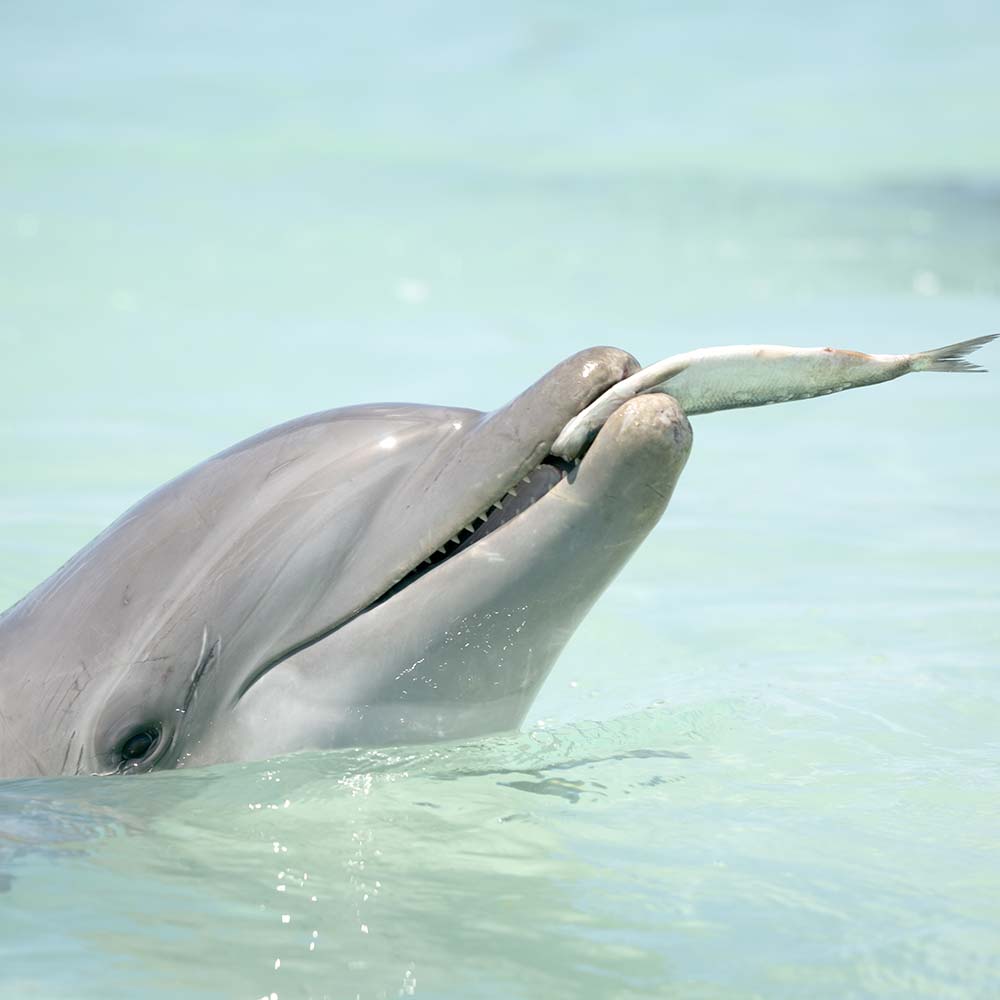
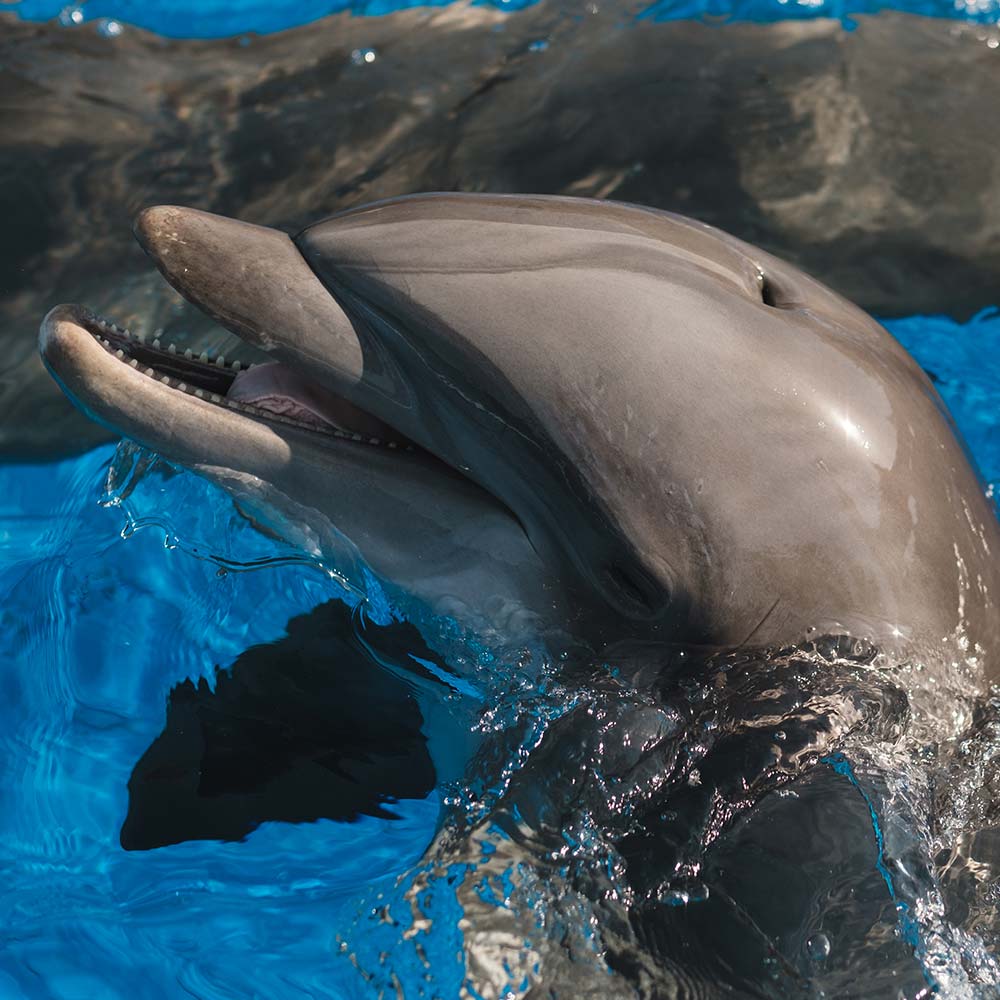
Top facts about dolphins
Although we’ve shared several fascinating facts about dolphins, there are still other details worth knowing about these delightful marine mammals. Below are some of them:
- Dolphins sleep with one side of their brain awake so they can continue breathing and be aware of threats even when resting.
- Dolphins have two stomachs, one for storing food and the other for digesting it.
- Each dolphin has a unique dorsal fin which can be used to identify them individually.
- Dolphins can jump up to six meters in the air.
- Dolphins are the only mammals that give birth to calves with their tail first instead of their head.
- Female dolphins can undergo pregnancy between nine and 18 months and the mother can nurse their calf for up to two years.
- A dolphin's skin is quite tough. Dolphins can use their teeth to scratch each other’s skins to communicate.
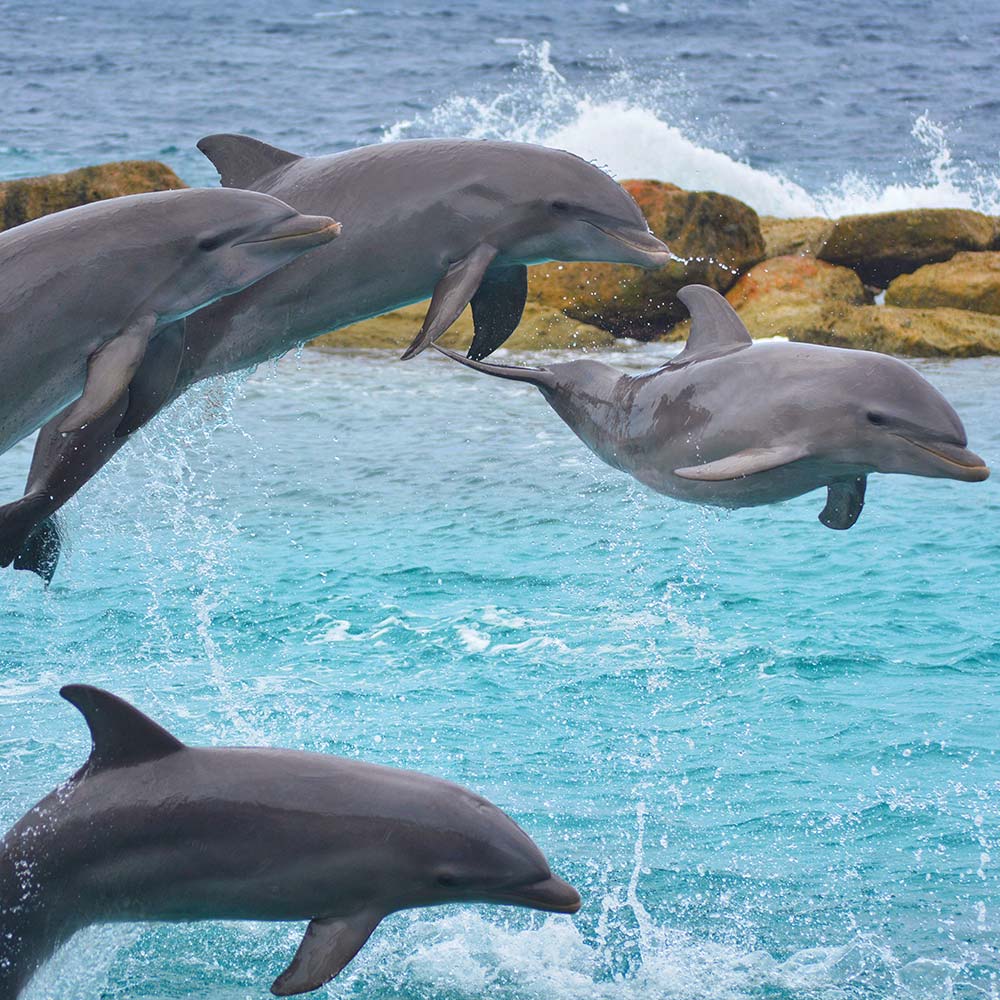
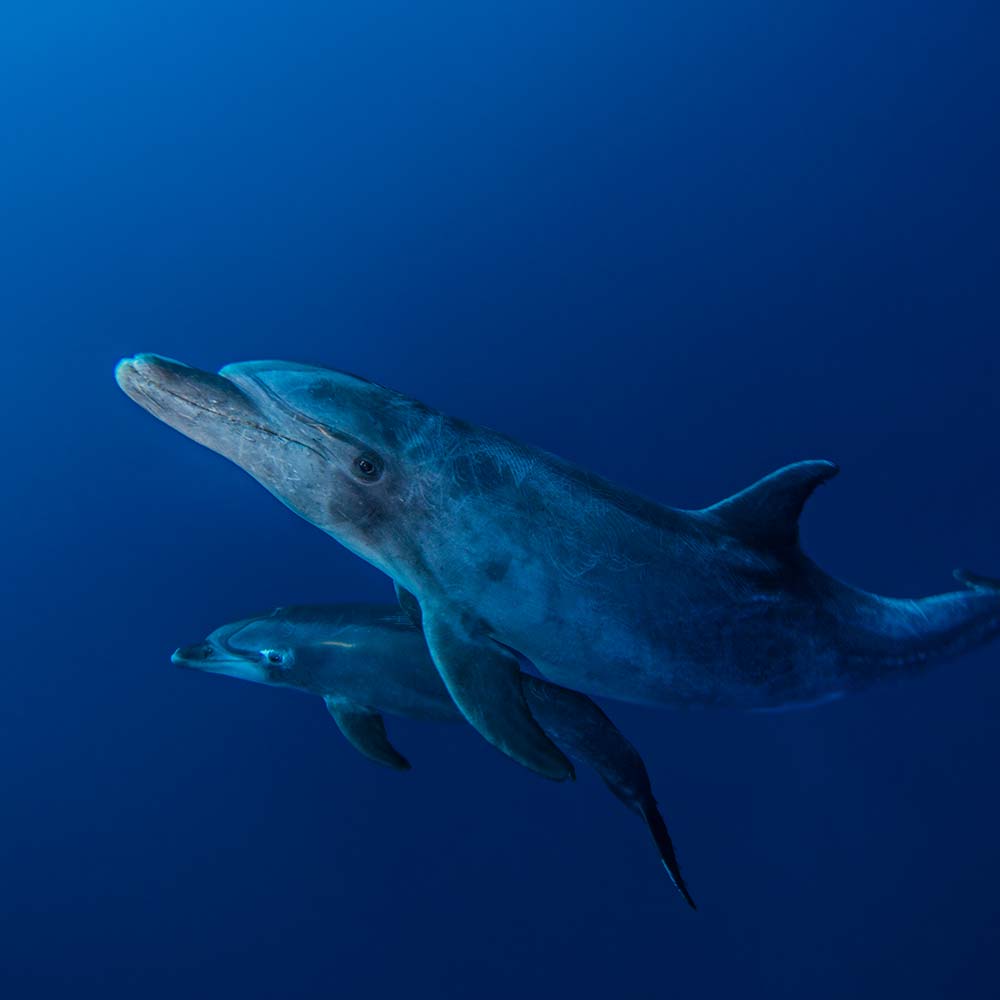
Dolphin conservation efforts
Hector’s dolphins and their cousins, Māui dolphins, South Asian river dolphins, and Irrawaddy dolphins, are already considered endangered species.
Pollution, fishing activities, climate change, ocean acidification and rising sea levels threaten the survival of various dolphin species. Current dolphin conservation efforts in place include:
- Implementing international and local laws to protect and preserve these incredible marine animals.
- Marine specialists working on collaborative research projects to understand dolphin behavior better, migration patterns, and the threats they face.
- Public awareness campaigns also help promote sustainable practices to safeguard these intelligent marine mammals.
See dolphins up close at SeaWorld Yas Island, Abu Dhabi
If you want to watch dolphins being their naturally friendly and playful selves, visit the Tropical Ocean at SeaWorld Yas Island, Abu Dhabi. This realm was designed to simulate a tropical rainforest, which includes a lagoon, to serve as a dynamic habitat for these aquatic mammals and other animals.
You can also learn more about these fascinating marine mammals and how you can help protect and conserve them through our Dolphin Encounter, a fun and educational interactive experience you can only enjoy at SeaWorld Yas Island, Abu Dhabi.
Did you enjoy reading this story?
If you did, please enter your email below to sign up for our newsletter and get alerts every time we release a new story!



